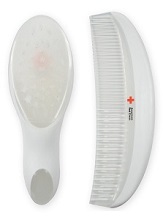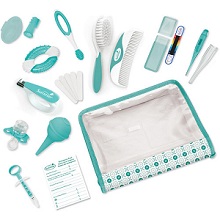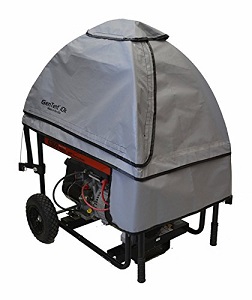The summer is a busy time for garden enthusiasts – some plants will certainly grow like wildfire, while others will die under the hot summertime sun. With a little TLC and lots of water, there is no reason every plant shouldn’t grow and bloom in the summer season. In fact, extra water and plant food is actually the trick to having a lovely summer yard.
Below are a couple of additional horticulture suggestions to help you get the most from your garden this summer season.
Caring For Your Grass
It could be a little appealing to over-water grass during the summer season. You may think it’s not a good idea, but grass actually requires two to three inches of water each week.
Watering your yard early in the morning will certainly reduce the quantity of water which is lost as a result of evaporation.
You should treat your grass every 4 or 6 weeks with some grass food – the slow-launch food is the best option.
Don’t forget to cut your lawn very frequently. You should cut the lawn each time it has grown around half-an-inch to an inch for the best results.
Caring For Flower Beds
Flower beds need to have a lot of natural mulch to help them maintain as much moisture as possible.
Provide your flower beds with a lot of water – the soil must always be wet however, but never soggy.
Your flower beds will also need to be fed fairly regularly through the summer season – a minimum of every three to four weeks.
Dead head flowers to get more bloom and brand new development – pinch back any stems that are becoming leggy.
You should water recently grown flowers more than once per day until they grow up and are removed from the flower bed.
Treatment For Trees
Trees require lots of plant food to encourage swift growth throughout the summer season, especially citrus fruit plants, deciduous fruit plants, and desert trees.
When you water these trees, ensure that they have plenty of water to around 3 inches’ worth.
If you intend to grow any sort of citrus, fruit, or desert trees now is a good time to do it.
Summer Gardening Pests
The plants might rejoice to see the summer, but it is also the time when you need to be most vigilant against diseases and insects.
Keep an eye on your trees and shrubs for foliage that suddenly begins to shrivel.
Plants that start to die at the end (around 6 – 8 inches at the end) may be sufferers of the female cicada – she may have decided to lay her eggs. If you can see slash marks measuring about ¼ inch, that’s possibly the root cause. You cannot do anything to stop it, but the damage is usually very limited.
Prickly-pear cactus is incredibly at risk to cochineal scale – white fluffy globs – blasting them off with water jets is usually enough to solve this.
Summer is the moment when a lot of people can actually enjoy their gardens; following a few of these summer gardening suggestions will guarantee that you have a gorgeous garden to enjoy.
Browse Additional Selections of Nap Cots, Mats and Beds for Toddlers and Young Kids>/I
Shop Toddler Nap Cots, Maps and Beds





